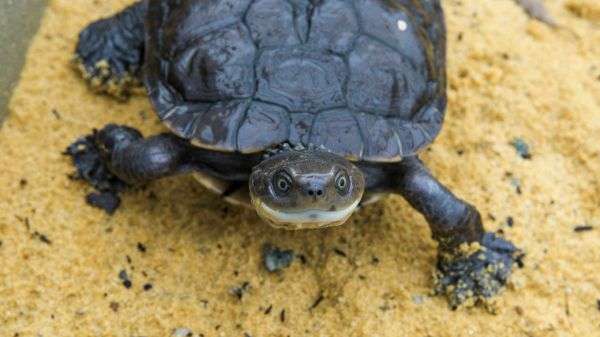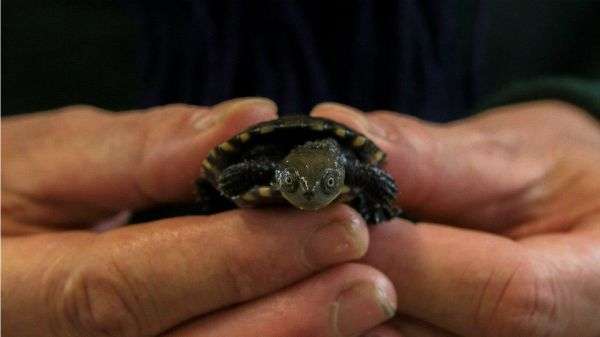Colonisation benefits illustrated via tortoise program

Moving species outside of their native habitat to protect them from threats like climate change is becoming a more accepted approach and sometimes is a last resort for certain species, according to a review of the technique.
A recent study including Perth Zoo researchers considered the tool, known as assisted colonisation and its effectiveness with critically endangered animals like the western swamp tortoise (Pseudemydura umbrina).
Assisted colonisation has been used throughout the world and within Australia to conserve species but only gained recognition from the International Union for Conservation of Nature in 2013.
Forty five populations of 33 different species have been established successfully as a result of assisted colonisation in Australia but concerns have been raised over translocated species themselves becoming invasive in their new habitat.
Perth Zoo Animal Health and Research Director Dr Peter Mawson says assisted colonisation will receive more attention because of the growing number of species with restricted habitats.
"We're faced with the choice of either keeping them in captivity in perpetuity, which has costs and is very much dependent on a commitment from whoever's going to do that…or you have to find them somewhere else to live," he says.

He says assisted colonisation can involve wild animals but they found captive bred animals can establish as well and sometimes better in their new home.
"In captivity you can produce lots of them in a short space of time so when you do translocate you've got lots of animals to do it with," he says.
"If you have a small founder size you have a greater chance of failing."
He says the perceived drawbacks of assisted colonisation can be mitigated by proper planning.
This would involve considering what other species are at the release site and whether the existing and new species will utilise the same environmental resources, he says
In their study the researchers found the western swamp tortoise could be successfully translocated 150-250km south of their current known range.
Dr Dawson says it is important something is done about the tortoise soon.
"If our rainfall continues to decline and the temperatures increase then the ephemeral [short-lived] swamps where they live just don't hold water for enough months of the year for the animals to complete their lifestyle," he says.
Dr Dawson says assisted colonisation would only work with meaningful collaboration from government and community organisations and it was important to build those links in the future.
Provided by Science Network WA













.jpg)





